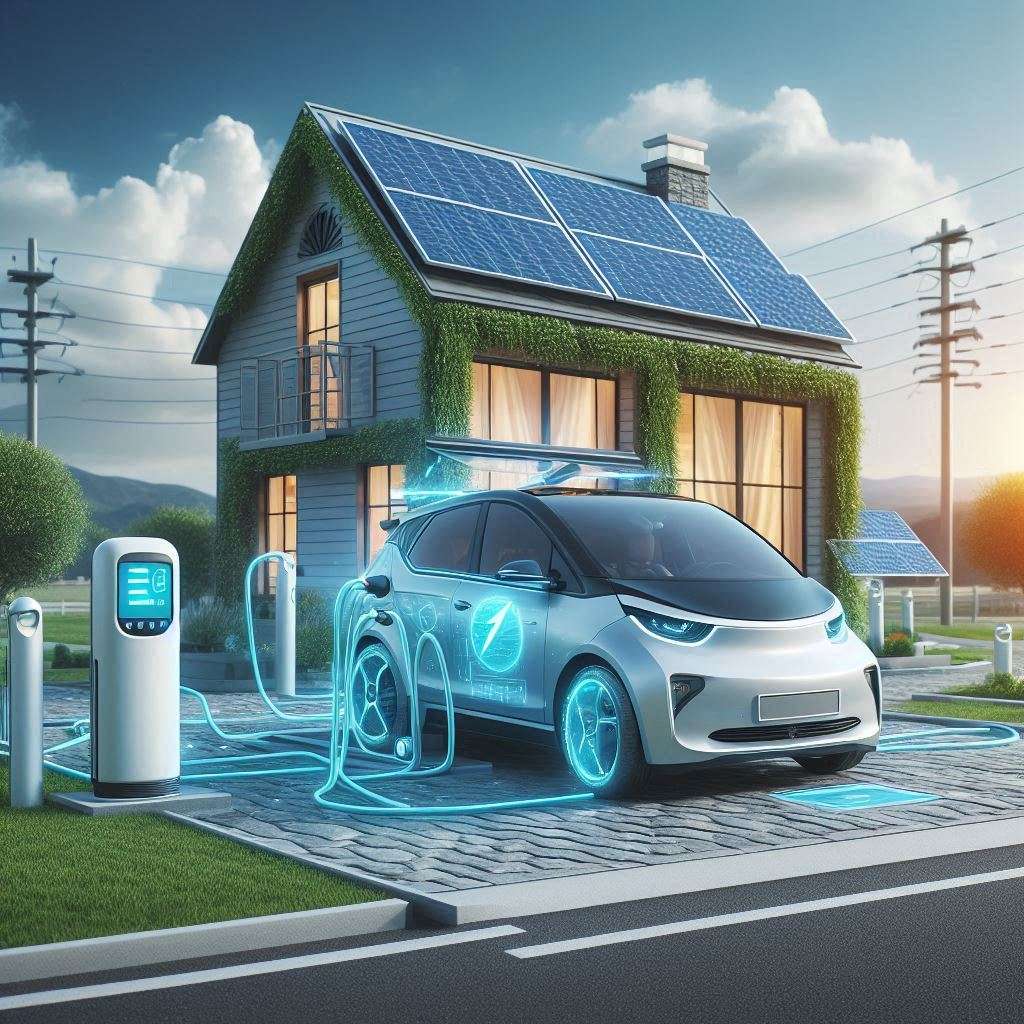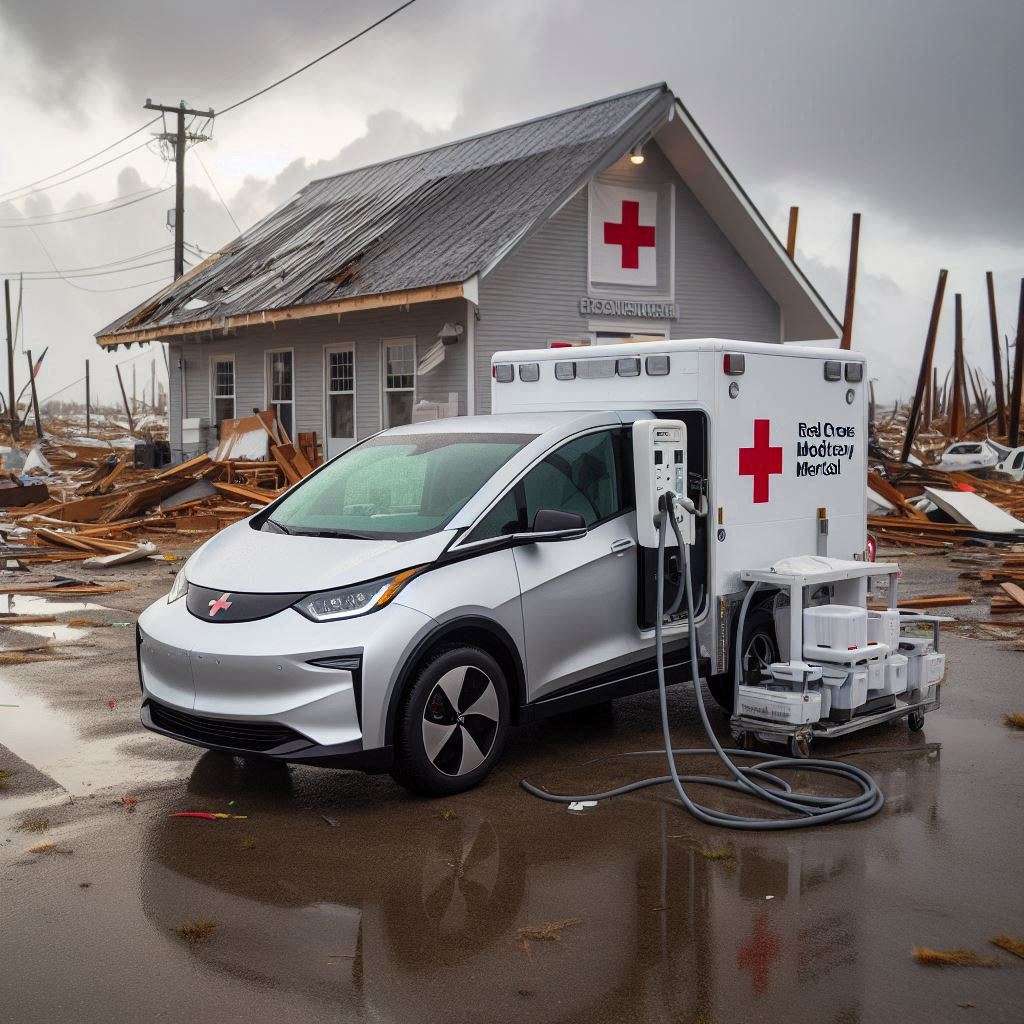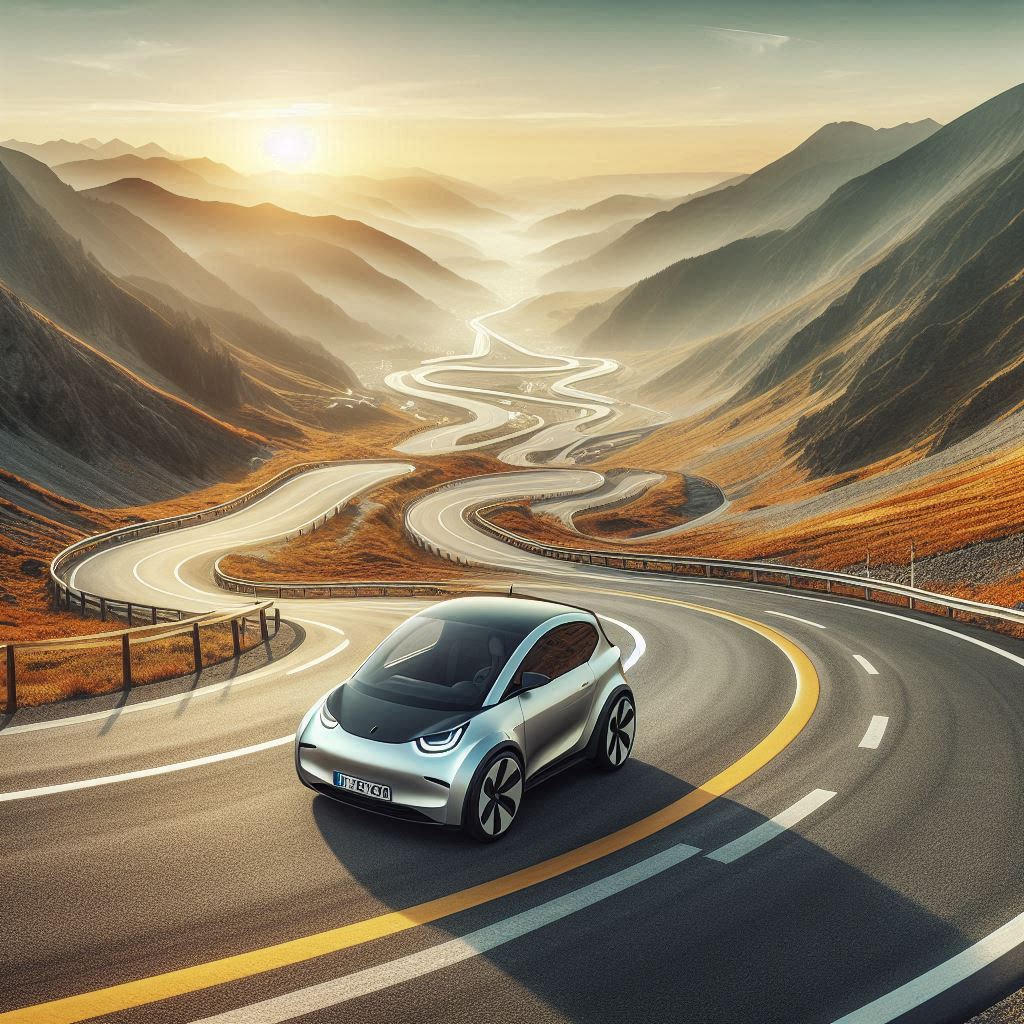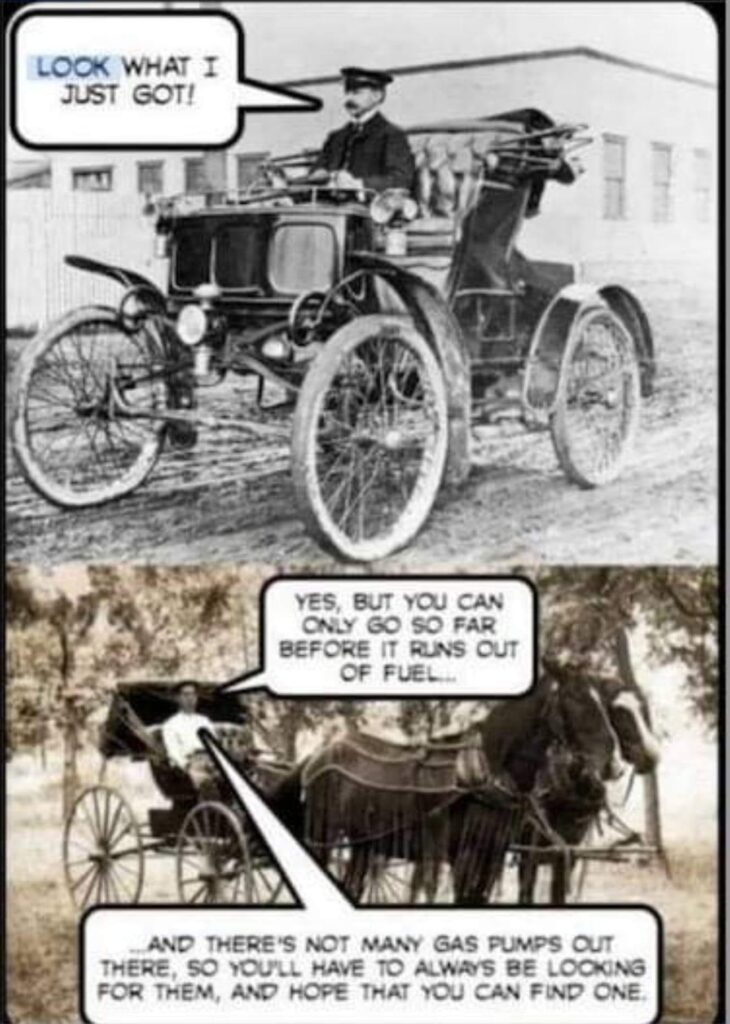With Australia’s recent agreement on new standards for vehicle-to-grid (V2G) technology, we will soon have the opportunity to turn our electric vehicles into a powerful energy storage system for our homes. By the end of the year, given availability of suitable charging hardware we will be able to harness the battery capacity in an EV to not only power a household but also contribute to the stability of the national electricity grid. This innovation marks a significant shift in energy management, allowing optimisation of energy use while maximising the value of our investment in electric mobility.
The Significance of Vehicle-to-Grid Technology
As Australia moves towards embracing vehicle-to-grid (V2G) technology, we are witnessing a transformative shift in energy consumption and storage. Allowing EV owners to utilise their cars as mobile energy sources, V2G not only enhances grid stability but also maximises the utility of EV ownership, turning a car into a valuable asset that works synergistically with a home energy system.
Overview of V2G Capabilities
Before V2G technology, most electric vehicles merely served as transportation. Now, with bidirectional charging, an electric car can not only draw energy from solar or the grid but also return surplus energy to either home or the grid. This ability to store and distribute energy offers exciting opportunities for integrating renewable resources, enabling owners to manage energy consumption flexibly.
Importance for Renewable Energy Integration
V2G technology plays an instrumental role in enhancing the efficiency of renewable energy sources. V2G can store energy produced by solar panels during the day, or excess cheap energy from th grid, and use it when needed, optimising energy use and reducing reliance on fossil fuels. If you have a night rate EV plan with your energy provider it may be possible to use the EV battery to power the house during the evening peak, then top up the EV battery at a fraction of the cost after midnight when electricty prices drop significantly (up to 75% discount isn’t uncommon).
Considering the growing focus on renewable energy, participation in V2G technology contributes stabilising the grid. An EV battery stores around five times more energy than a typical household battery, helping balance demand and supply in the grid. This transition aligns with the Australian government’s aim to harness the energy potential of millions of EV batteries, enabling households to not only consume energy but also act as energy providers, enhancing overall grid resilience and efficiency. A million EVs could provide up to 50 million kWh (50 GWh) onto the grid – more than the largest commercial batteries.
Recent Developments in Australia
Some exciting changes are happening in Australia as the government moves forward with V2G technology. Federal energy and climate minister Chris Bowen recently announced that by the end of the year, EV owners will have the opportunity to use their cars as energy resources, functioning effectively as mobile batteries. This represents a significant advancement in how you can manage and utilise your energy consumption.
Government Initiatives and Policies
Beside the technological advancements, the Australian government is actively promoting policies that support the adoption of V2G systems. These initiatives aim to enhance energy efficiency, reduce reliance on traditional energy sources, and empower consumers to take control of their energy usage. This shift not only promises to lower costs but also encourage a more sustainable energy landscape across the nation.
Standards Australia’s Role
At the forefront of this initiative is Standards Australia, which has approved new standards for V2G technology, allowing manufacturers to begin testing their bidirectional devices. This endorsement is pivotal for ensuring that safety and compatibility are prioritised as the technology rolls out across the country.
Understanding the significance of Standard Australia’s involvement helps you appreciate the safety and reliability that comes with V2G installations. By setting these new standards, they ensure that any vehicle with V2G capability can integrate seamlessly into the existing grid. This initiative allows owners to maximise the potential of both an electric vehicle and home energy use, by making informed choices about how and when to use energy resources more effectively.
Charging Hardware
While the standards are set, manufacturers will need time to develop test and bring new chargers to market. Consumers will need to purchase and install in their homes and vehicles will need to have the capability. So while the scene is set, it will be a little while before this takes off. With standards set by Standards Australia, the Clean Energy Council is now free to approve specific manufacturer’s hardware, allowing for a speedy roll-out once manfuacturers get the designs ready.
Current EV Models with V2G Capabilities
As of now, only a limited number of EV models, specifically the Nissan Leaf and Mitsubishi Outlander plug-in hybrid, have V2G capabilities. With the changing standards, we could soon have access to a wider range of vehicles with this innovative feature, allowing a car to serve as a mobile energy resource.
Existing V2G-Enabled Vehicles
Behind the push for expanded V2G capabilities, the existing models like the Nissan Leaf and Mitsubishi Outlander serve as benchmark vehicles that have successfully incorporated this technology. These cars utilise the Chademo plug protocols, enabling you to harness energy from them back into your home.
Theoretically many vehicles with V2L (vehicle to load) capabilities could be software upgraded to allow V2G. They can already output AC power to power up a load such as a cooktop, fridge or a wide range of appliances, so it’s not a huge leap to allow power to flow back into a home energy system and/or the grid (V2H or V2G).
For more information on V2L, V2H and V2G see our explainer article here.
Prospective EV Manufacturers
More manufacturers are exploring the option of integrating V2G capabilities in their electric vehicles. With the revised standards approved in Australia, we anticipate a variety of new models from different makers will become available in the near future. Existing models might be upgraded through software to allow this capability, although not every model will be compatible.
Benefits for Consumers
Energy Cost Savings
V2G offers the potential for substantial energy cost savings. By leveraging a car’s powerful battery, which can store around five times more energy than typical home batteries, you’ll be able to charge from your solar panels during the day and power your home at night. This efficient energy management means you can draw less from the grid, leading to lower electricity bills and increased value from your investment in renewable energy. Energy prices typically drop by up to 75% after midnight meaning, you can top up cheaply overnight if you believe there won’t be sufficient solar, or if your car will be out on the road during the day, meaning you won’t be stranded during bad weather.
For those who have their car out and about during the day, when the sun is shining, there may be other options. Having a home battery in addition to the car may be necessary to provide sufficient storage to run the house. The car may then be supplementary storage for energy to sell back to the grid at higher prices in peak times, recharging again when prices drop. If you’re offered free or cheap charging at work or somewhere else, this might be additional energy that can be sent back to the grid when needed. Other generation options such as wind might become more popular for home power production, allowing for recharging overnight without sunshine.
Enhanced Control Over Energy Usage
Besides energy savings, V2G technology provides you with enhanced control over your energy usage. You can decide when to draw energy from your electric vehicle or your home solar system, optimising your electricity consumption based on your needs and local grid demands.
Also, this level of control allows you to become a “prosumer,” actively managing how and when you use energy. By utilising your electric vehicle during peak usage times or exporting surplus energy back to the grid when rates are high, you can make informed decisions that maximise both cost-effectiveness and environmental benefits. As V2G technology integrates within the energy market, you will find yourself empowered to take full advantage of your energy resources while contributing positively to grid stability.
Impacts on the Electricity Grid
For the first time, Australian EV owners will be able to harness their vehicles as valuable grid resources. By integrating vehicle-to-grid technology, you can not only power your home but also contribute to stabilising the electricity grid, creating a decentralised energy system that enhances overall grid reliability and efficiency.
Stability and Efficiency Improvements
With millions of EV batteries becoming part of the electricity ecosystem, you can expect significant improvements in grid stability and efficiency. The ability to draw energy from your EV during peak demand periods will help manage load, ultimately leading to better utilization of renewable energy sources like solar and wind.
Being mobile, EVs can be used to provide emergency power during natural disasters or temporary interruptions to grid power. See my article about EV use during hurricanes for examples.
Future of Grid Management
After the rollout of V2G technology, the future of grid management will shift towards a more distributed model. This means participation as a prosumer for households.
In fact, this transition to a prosumer-oriented grid system emphasises the importance of maximising energy resources. With your EV battery capable of storing up to five times more energy than a typical household battery, you can play a pivotal role in energy management. By charging your vehicle with surplus power and discharging it when needed, you help create a more resilient grid capable of meeting the challenges posed by increasing reliance on renewable energy sources. Storing “free” solar, along with cheap off-peak purchasing, then selling back at higher peak prices will become common.
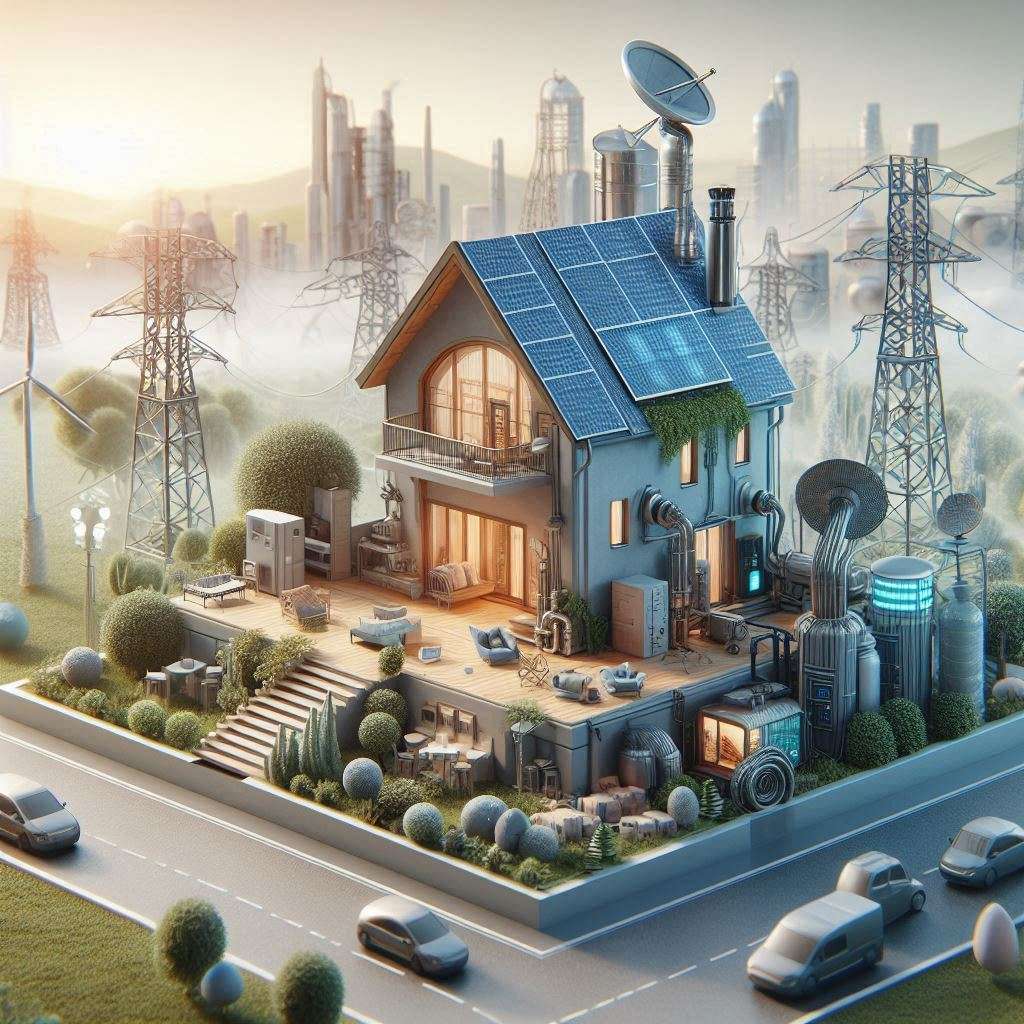
Challenges and Considerations
Keep in mind that while the introduction of vehicle-to-grid (V2G) technology presents exciting opportunities, several challenges and considerations must be addressed to ensure its successful implementation across Australia.
Technological and Infrastructure Barriers
Technological and infrastructure barriers could slow down widespread adoption. Currently, only limited EV models support this technology, and many vehicles still operate on different charging protocols, which complicates integration into local grids.
There is also an entry price, firstly you need a capable EV, then you’ll need the appropriate infrastructure, such as a charger and inverter.
Relying only on an EV battery may present challenges as well. The car’s primary purpose is transport, so tying it up to the grid all the time isn’t efficient if you do a lot of kilometers. Multi-EV families are not yet common. Buying second or third EVs for the family may allow more flexibility as familiy members come and go at different times, but comes at considerable cost, We need to remember that we’ll need enough in the EV battery to get where we need to go, but given the average for an Australian vehicle is just 32km a day, there’s a lot of excess capacity there.
Consumer Adoption and Awareness
An necessary factor in the growth of V2G technology is your level of awareness and understanding of its benefits. Many consumers may not yet recognize how integrating V2G capabilities into their electric vehicles can transform their energy management and contribute to a more sustainable future.
And as you consider transitioning to an electric vehicle, staying informed about the advantages of V2G is vital. Your EV battery can provide significant energy storage, often surpassing household batteries in capacity. By harnessing this technology, you can charge your vehicle during the day—using solar power, for instance—and draw from it at night, maximizing both savings and energy efficiency. Engaging with your local clean energy initiatives could help bridge any gaps in understanding and connectivity, paving the way for a smoother transition into this innovative energy system.
Effects on Car Batteries
The stage is set for V2G to start transforming Energy Storage by Year’s End
The upcoming implementation of vehicle-to-grid (V2G) technology in Australia sets us up to utilise EVs as an energy storage solution for your home. By harnessing your EV’s battery capacity, you can draw energy from solar panels during the day and power your household at night. This innovative shift not only enhances your energy independence but also significantly contributes to grid stability and the efficient use of renewable resources, making your EV a valuable asset in the evolving energy landscape.
There are some challenges to overcome, but the stage is set for early adopters to get in at the start of this revolution.


